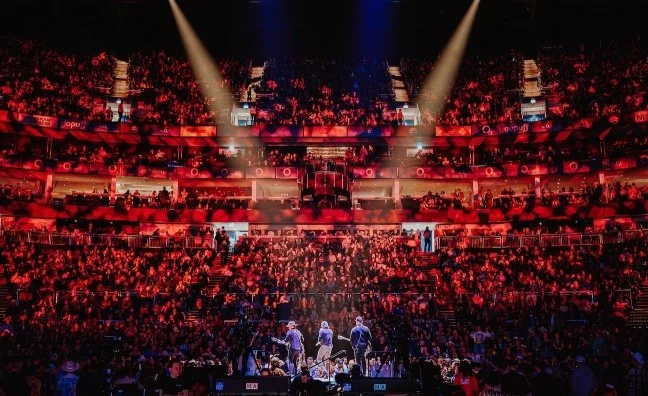AEG’s new Live Effect report lands at a pivotal moment for the live industry. While inflation and economic uncertainty are reshaping spending across categories, live events are proving to be one of the most resilient experiences consumers won’t give up. And the driving force? Gen Z superfans who are redefining what it means to belong to an artist community.
📊 Supporting Stats
57% of consumers prioritise travel and vacations, but *41% rank live entertainment as a top spending priority - putting it ahead of electronics (17%) and even fitness memberships (20%).
46% of fans say they’d still spend on live shows during financial pressure, increasing to 55% among Millennials.
79% agree live music creates a sense of community digital platforms can’t match; 70% say they’ve felt ‘at home’ at shows, and 63% have bonded with strangers at gigs.
Gen Z are the most extreme: 21% have made or bought homemade signs, 16% queued overnight, and 12% got tattoos linked to artists.
Nearly half (48%) of attendees identify as part of a fan community, rising to 65% among Gen Z.
Sustainability is non-negotiable: 68% of Gen Z and 67% of Millennials want greener live events, with 61% willing to pay more for shows that support environmental initiatives.
The live business has successfully repositioned itself as essential cultural infrastructure. For Gen Z, live music sits on the same level as travel in terms of social value. The framing of “superfan energy” is commercially powerful: AEG is showing brands that partnerships in live music aren’t just media slots, but entry points into deeply bonded communities.
Where this works:
The emotional pull of fandom translates into price resilience even in downturns.
Fans’ willingness to go to extremes (signs, tattoos, overnight queues) shows live events deliver more identity value than almost any other leisure category.
Sustainability commitments make the experience feel future-proof and audience-aligned, which is critical to younger demographics.
Where it risks overreach:
Not every brand can authentically integrate into these communities without feeling opportunistic.
The “superfan” narrative is sticky, but over-commodifying it risks backlash if brands don’t provide genuine value or respect the culture.
📌 Key Takeouts
What happened: AEG released a study spotlighting Gen Z’s role in driving live music’s resilience and cultural centrality.
What’s working well: Clear data shows live entertainment is a priority spend and a vital source of identity/community.
What’s not landing: The industry still faces risk of brand fatigue if every partnership chases superfans without deeper cultural fit.
Signals for culture: Travel, live shows and fashion remain top discretionary spends - meaning experiences that feel like belonging are outcompeting tech and material goods.
Strategic takeaway: For brands, the opportunity lies not just in sponsoring stages, but in co-creating culture alongside fan rituals and sustainability values.
🔮 What We Can Expect Next
Expect to see more crossovers between live events and lifestyle brands that lean into fandom culture - from fashion drops at festivals to green-branded ticketing initiatives. But as the space crowds, authenticity will be the differentiator. The winners will be those who embed themselves naturally into community rituals (think cowboy hats at C2C or Brat green at Charli XCX), rather than parachuting in with transactional sponsorships.
Superfans aren’t going anywhere - but the brands that respect the culture will be the only ones invited to stay.
